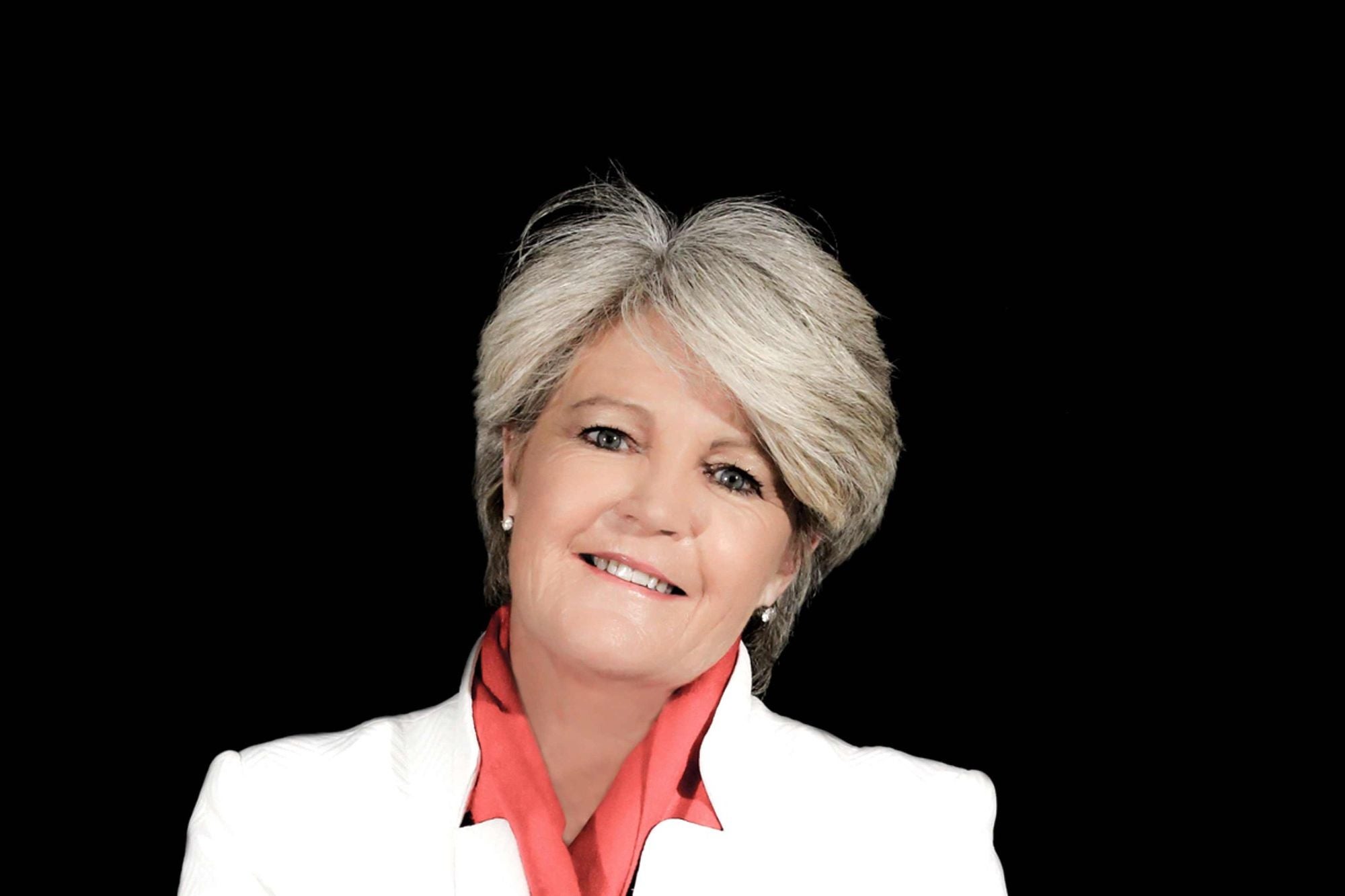How to (Really) Make Customer Service Your Differentiator Exceptional customer experiences are what differentiate the world's top performing brands from their competitors. Is it at the centre of your growth strategy?
You're reading Entrepreneur South Africa, an international franchise of Entrepreneur Media.

Vital stats
- Player: Lynn Baker
- Company: Executive Presence
- About: In 2006, Lynn attended a Disney Quality Service course and implemented many of the Disney Customer Service philosophies at Montecasino Corporate Events, which she ran for ten years. She has since launched Executive Presence, which focuses on customer experiences and building an executive presence.
- Visit: www.executive-presence.co.za
Customer experience, marketing, sales. A few years ago, these were separate business divisions, with isolated strategies and teams driving them. Today, the world's top businesses are using customer experience to drive their marketing strategies, which in turn impacts sales.
"How are the best in the world getting the attention of tech savvy customers?" asks Lynn Baker, founder of Executive Presence.
"I can tell you what they're not doing. They're not segmenting their markets into generations or LSMs. They're focusing on their consumers and their pain points. And they're not making assumptions."
Lynn has a wealth of examples of who's driving real customer engagement, starting with Amazon. "Through customer surveys, Amazon discovered that the biggest pain point its customers experience is delivery time. Based on this it invested in Amazon Primeair, whose primary goal is to achieve deliveries within 30 minutes of time of order. A test run in the UK in 2016 delivered a package via drone to a customer's home within half an hour."
While this is certainly the future of deliveries, Amazon has achieved something immediate as well: It's sending a clear message that it's listening to its customers and what they want, and working towards a solution for them. And that's marketing gold, even if it's not yet available.
Another example is Absolut Vodka. "Absolut realised that the biggest pain point of its customers was having to leave home, go to the shops, pay and go back home — often only when the bottle was finished. And so, they created a smart bottle that senses when your vodka gets low, sends a message via remote control, orders a new one, delivers the bottle and charges your credit card — without you lifting a finger."
The future is now
The reality of tech in today's competitive environment is that often competition comes from unexpected places. "Who saw Uber or Airbnb coming?" asks Lynn. "And yet these are both the ultimate customer experience solutions." And when you have a product that delivers exactly what consumers are looking for, they market your brand for you.
"Where do you and I start to create a better customer experience strategy? We need to shift our thinking and challenge our mindsets. More importantly, we need to recognise that this is happening in a completely new landscape."
Marketing based on a better experience
Lynn's advice is to start with how you've traditionally run your business, and then turn this on its head. "Profit has always been at the centre of all business strategies. It's the traditional business model, and every resource has been focused on achieving it. We need to shift this culture and put the customer at the centre of strategy."
Lynn's rationale is simple: If you can focus on customer satisfaction, profits will follow. Focus only on profits, and you will forget customers and their needs.
Here are her three steps to achieving the ultimate customer-centric and profitable business:
1. Invest in tech
This is a non-negotiable in today's tech savvy environment. But it comes with a warning: "Remember that you're dealing with humans. Nothing will ever replace the relationship we have with customers — only our employees can do this."
2. Make sure you have a northern star
"All customer experience strategy must have a northern star; a driving fundamental that shapes how the business treats its customers. For the Ritz Carlton, the idea is that "ladies and gentlemen serve ladies and gentlemen'. This sends a clear message to all Ritz Carlton employees that they are as valued and respected as the customer, and they behave accordingly. If you don't have a northern star, you can't be sure everyone is operating from the same playbook."
3. It's all about the experience
Traditionally, businesses have looked through a customer service lens. This needs to shift into a customer experience lens. What's the difference? "If you focus only on the "point of purchase' with customers, you have already missed out on three engagement and influence opportunities that are presented in the customer buying cycle.
72% of potential customers have made up their mind if they will buy from you before they even meet you. There are six points to customer experience: Research, consider, engage, point of purchase, use/experience of the product and return customer. Be careful that you don't only enter the cycle on the fourth point, as so many companies do.
"Customer engagement works across all six points. It takes into consideration every touch-point an individual has with your brand. This can be anything from how simple your website is to navigate, to the smell of popcorn wafting through an entertainment centre a few minutes before the next movie begins."
A great example of putting the idea of selling an experience into practice is Sun International's SunLux sales team, which made the decision to move away from selling rooms and rates, and to focus on selling an experience.
"The entire sales team have virtual reality sets that offer prospective guests a 360-degree view of the experiences their guests have around the resort. If you're selling a room, you're in a sea of sameness. Sell an experience, and you're in a different league to your competitors."
Do this
Customer service and experience are no longer buzz words. They should be a crucial element in your growth strategy.













